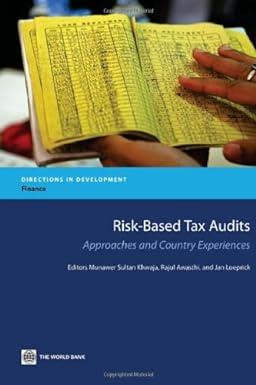Round all numbers to 2 decimal places. Assume 360 day years / 30 day months / nearest interval of 5 days, as learned in class. You can round journal entries and final answers to the nearest dollar if you like. Make sure you show ALL your work and attach it to this sheet! QUESTION #1 Harris Supply Co. has the following transactions related to notes receivable during the last year: Jan. 11 Sold goods to B. J. Good, receiving a $38,000, 2-year, 8.5% note. Feb. 5 Received a $12,800, 3-year, 5.45% note to settle an outstanding account receivable from M. Stu. May 21 Loaned $95,000 cash to B. Woods on a 1-year, 19.75% note. Aug. 16 Nov. 25 Sold goods to R. P. Mayrl, Inc., receiving a $9,500, 180-day, 6.7% note. Received a $18,000, 6-month, 12.11% note to settle an open account from M. Kline. Dec. 31 Accrued interest revenue on all notes receivable. Instructions Journalize the transactions above. Assume a 360-day year, 30 day months (as shown in class). Round to 2 decimal places when needed. QUESTION #2 The following represents selected information taken from a company's aging schedule to estimate uncollectible accounts receivable at year-end: Number of Days Outstanding % Uncollectible Accounts receivable $322,000 0-30 2:2% 31-60 $415,000 6.7% 61-90 $88,000 8.5% 91-120 $57,000 17.3% Over 120 $25,000 38.1% Instructions (a) Prepare an aging schedule using the above information in good form as shown in class. (b) Prepare the year-end adjusting journal entry to record the bad debts using the allowance method and the aging schedule created in part (a). Assume the unadjusted balance in the Allowance for Doubtful Accounts account is a $9,876 debit. (e) of the above accounts, $1,516 is determined to be specifically uncollectible from T. Mills. Prepare the journal entry to write off the uncollectible account. (d) What is the Net Realizable? Show your calculation shown on the balance sheet before and after the write off in part (c)? (c) The company subsequently collects $1,288 on a specific account that had previously been determined to be uncollectible and written off. Prepare the necessary journal entry(ies) to record this event. A, B, C S-L $70,000 - $15,000 / 8 = $6,875 Beg BV 2019 $70,000 290/360 2020 $64,461.81 2021 $57,586.81 2022 $50,711.81 2023 $43,836.81 Depr Exp $5,538.19 $6,875.00 $6,875.00 $6,875.00 Accum Depr $5,538.19 $12,413.19 $19,288.19 $26,163.19 End BV $64,461.81 $57,586.81 $50,711.81 $43,836.81 DDB 100% / 8 = 12.5% x 2 = 25% Beg BV 2019 $70,000 25% 290/360 2020 $55,902.78 25% 2021 $41,927.08 25% 2022 $31.445.31 25% 2023 $23,583.98 Depr Exp $14,097 22 $13,975.69 $10,481.77 $7,861.33 Accum Depr $14,097 22 $28,072.92 $38,554.69 $46,416.02 End BV $55,902.78 $41.927.08 $31,445.31 $23,583.98 S-L $70,000 - $15,000/8 = $6,875 Beg BV 2019 $70,000 290/360 2020 $64 461.81 2021 S57586.81 295/360 Depr Exp $5,538.19 $6,875.00 $5,633.68 Accum Depr $5,538.19 $12,413.19 $18,046.88 End BV $64,461.81 $57,586.81 $51.953.13 Depreciation Expense - Equipment 5,634 Accumulated Depreciation - Equipment 5,634 Cash Accumulated Depreciation - Equipment Loss on Sale Equipment 40,000 18,047 11,953 70,000








